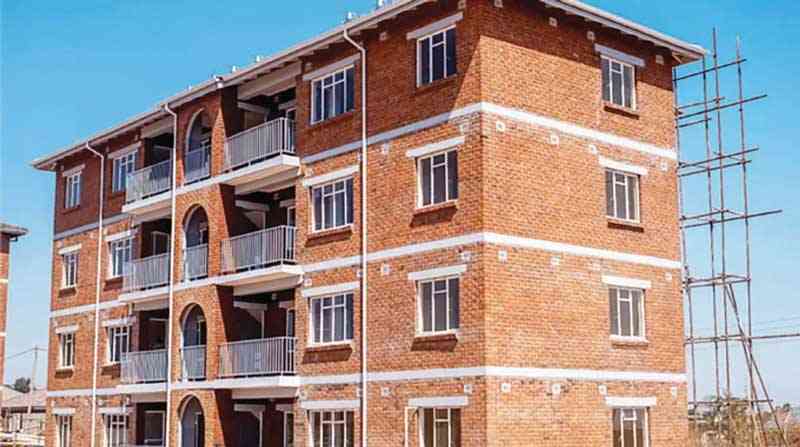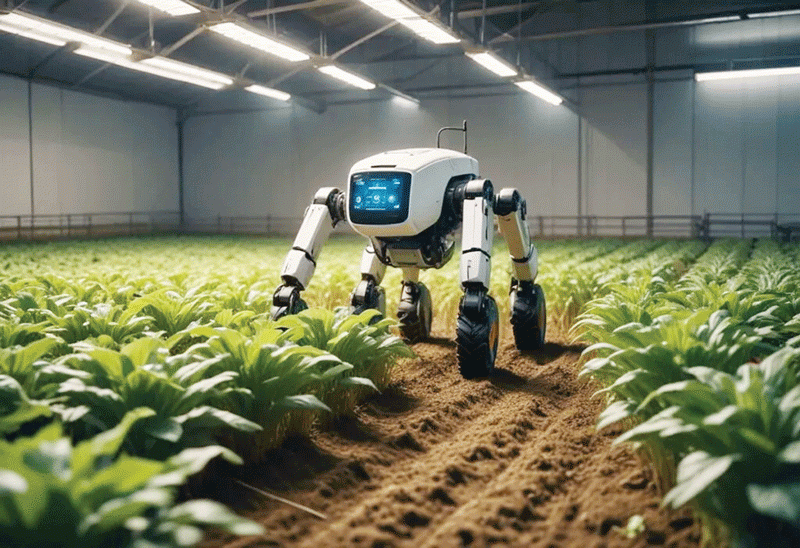
THE built environment, encompassing the physical spaces where we live, work, and interact, is often overlooked despite its profound impact on the economy.
This intricate network of buildings, infrastructure, and public spaces is the backbone of our daily lives, influencing productivity, health, and overall well-being.
However, its significance extends beyond mere functionality and is critical in driving economic growth, innovation, and sustainability.
The built environment substantially contributes to the economy, accounting for a significant portion of GDP and a substantial percentage of economic output.
The sector creates jobs across various fields, from construction and development to property management and sales, maintenance, and operations, to stimulate local economies and generate tax revenue.
Real estate provides a tangible asset class for investors, offering a hedge against inflation and market volatility and further driving infrastructure growth, including transportation networks, utilities, and public services.
Property taxes and fees generate substantial revenue for local and national governments.
Moreover, well-designed spaces boost productivity, attracting businesses and talent and fostering innovation. The real estate sector is often regarded as a cornerstone of the economy, pivotal in driving growth, generating employment, and fostering development.
- Experts downbeat as Ncube cuts GDP forecasts
- Farm wrangle sucks in Lands official
- New perspectives: De-link politics from Zim’s education policies
- Experts downbeat as Ncube cuts GDP forecasts
Keep Reading
As a vital component of the economic landscape, real estate's impact extends beyond physical structures, influencing various aspects of our lives and the economy.
The social impact of real estate is deeply empathetic. It includes the provision of essential shelter and housing, meeting basic human needs and promoting social stability.
Well-planned developments foster community engagement, social cohesion, and local economic growth, connecting us to the topic of the built environment's impact on society.
Urbanisation and migration: Real estate is crucial in accommodating urbanisation and migration, supporting population growth and demographic shifts. This underscores the optimism we can have about the future, knowing that the built environment is adaptable and supportive of societal changes.
The built environment also plays a crucial role in enhancing balance sheets for both businesses and individuals, providing a sense of security and confidence in their investments.
Commercial properties, for instance, can appreciate over time, providing a valuable asset for companies to leverage. Similarly, homeowners can benefit from increased property values, using their homes as collateral for loans or lines of credit.
Properties used as collateral for loans are vital to banks' loan books. The built environment provides a tangible asset base, enabling financial institutions to offer secured lending options. This, in turn, facilitates individuals and businesses access to credit, driving economic growth and development.
Properties provide collateral and financial stability.
This stability is essential for the financial services sector, as it:
Reduces risk: Real estate collateral minimises lending risk, allowing financial institutions to offer more loans and stimulate economic growth.
Enhances creditworthiness: Property ownership demonstrates creditworthiness, enabling individuals and businesses to access credit and invest in their future.
Supports mortgage markets: Real estate collateral is the backbone of mortgage markets, facilitating home ownership and economic development.
We must invest in sustainable infrastructure and green technologies to harness the built environment's full potential.
More importantly, we must foster collaboration between the built environment professionals such as architects, engineers, special planners, environmentalists, quantity surveyors, estate agents, valuers, policymakers, and stakeholders.
This collaborative effort will inspire and motivate us to prioritise inclusive design and community engagement and leverage data analytics and smart technologies to optimise performance.
Cities like Singapore and Copenhagen have implemented green building certifications without reinventing the wheel, reducing energy consumption and carbon emissions.
Urban regeneration has been actualised in New York City's High Line and London's King's Cross redevelopment, transforming neglected areas into thriving hubs.
Smart City Technologies have been embraced in cities like Barcelona and Amsterdam and have integrated intelligent technologies, improving public services and citizen engagement.
The world is imperfect; it is a fact of life we have all embraced. The same can be said about the built environment, as there are challenges that we have to deal with on an everyday basis.
These include but are not limited to, inadequate affordable housing and an ever-growing population without corresponding development or regeneration of consumed resources.
Addressing housing affordability and accessibility remains a pressing concern.
Sustainable development: Embracing green technologies and sustainable practices is crucial for environmental stewardship, yet not much effort is being put into addressing that shortcoming.
Technological integration: Leveraging technology, such as property tech (PropTech), enhances efficiency, transparency, and innovation, yet it remains a far cry.
The built environment is a critical yet often overlooked component of the economy. By recognising its significance and addressing its challenges, we can unlock opportunities for sustainable growth, innovation, and improved quality of life.
It is time to give the built environment the attention it deserves, harnessing its potential to create a better future for all.
The real estate sector is an indispensable part of the economy, driving growth, generating employment, and shaping communities. Acknowledging its significance and addressing challenges can unlock opportunities for sustainable development, social progress, and economic prosperity.
As the economy continues to evolve, the real estate sector will remain vital, adapting to changing needs and trends while maintaining its essential role in shaping our world.
The estate sector is a vital pillar of the economy.
It brings stability to the financial services sector through collateral while driving growth, generating employment, and fostering development.
Its impact is far-reaching, influencing various aspects of our lives and the economy.
By recognising its significance, we can continue to harness the sector's potential to promote economic prosperity and social progress.
- Juru is the chief executive officer at Integrated Properties.










